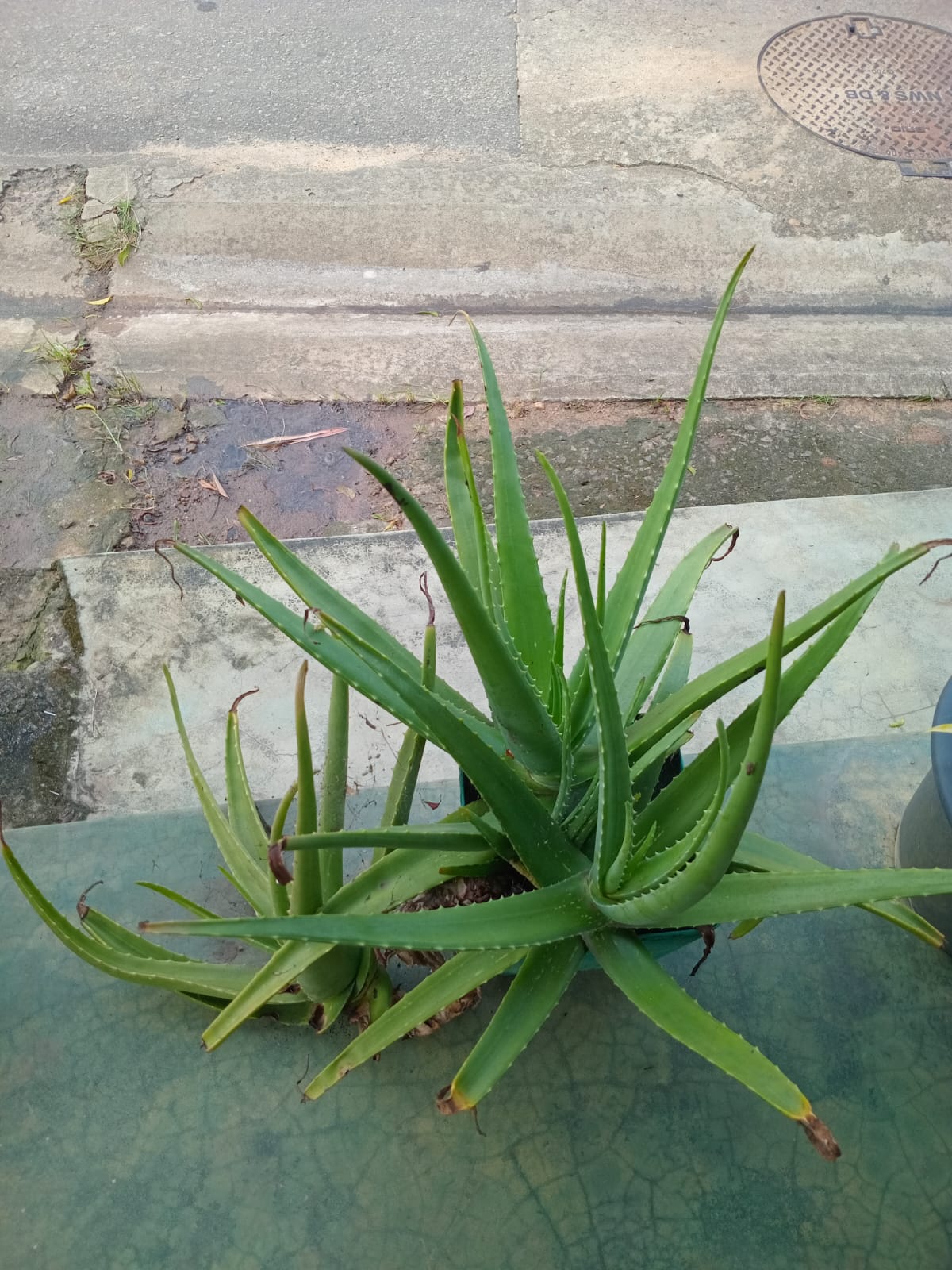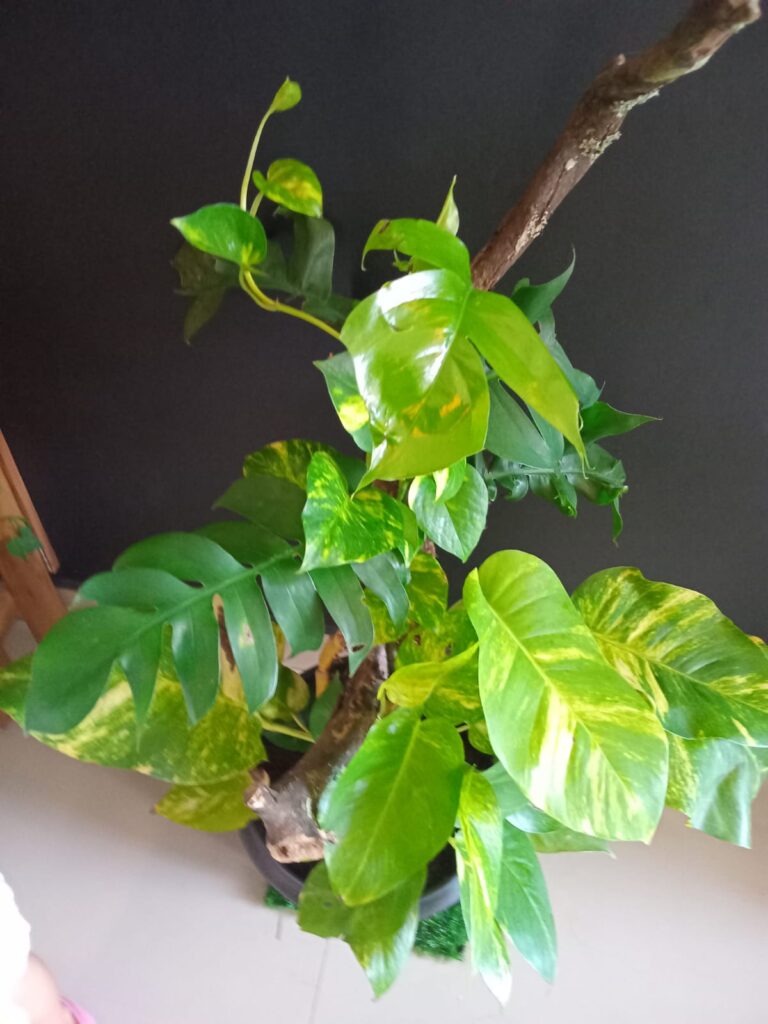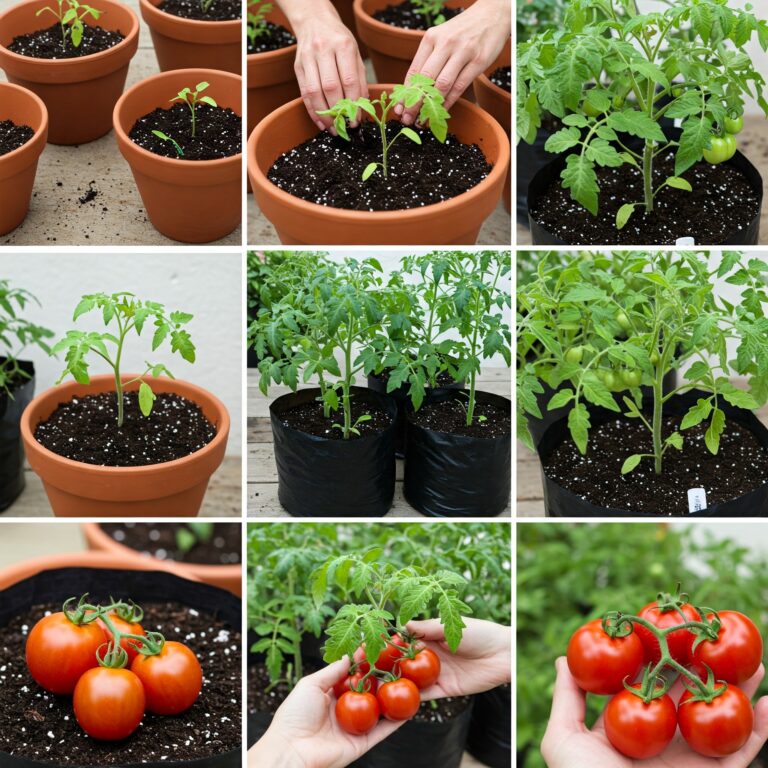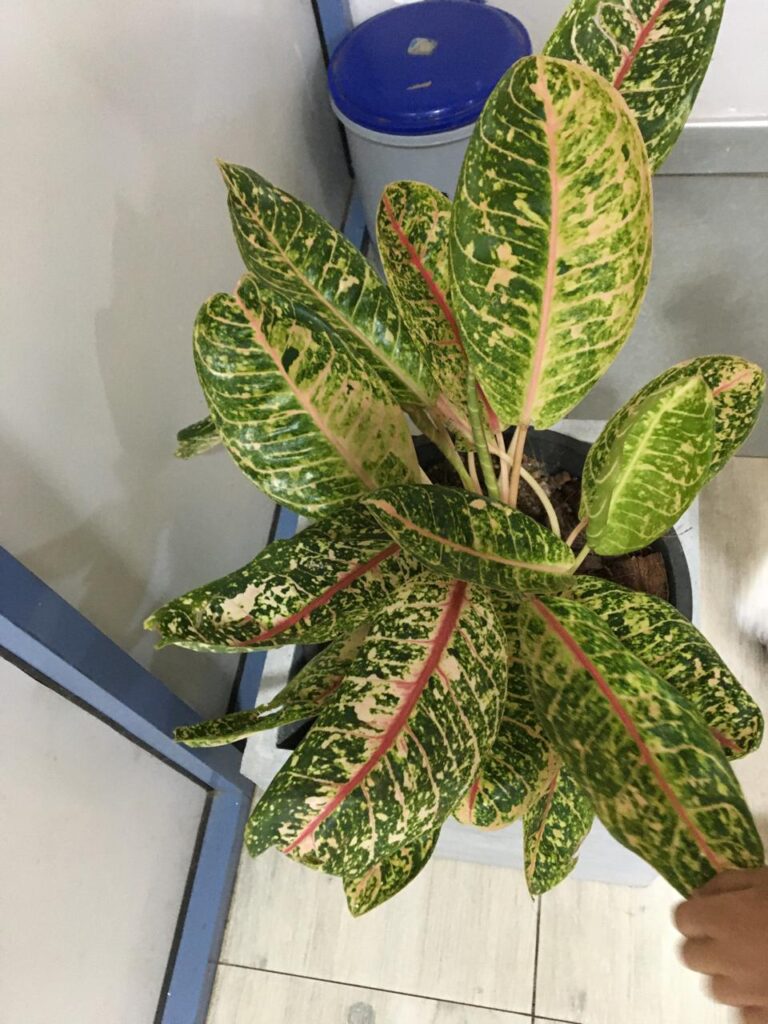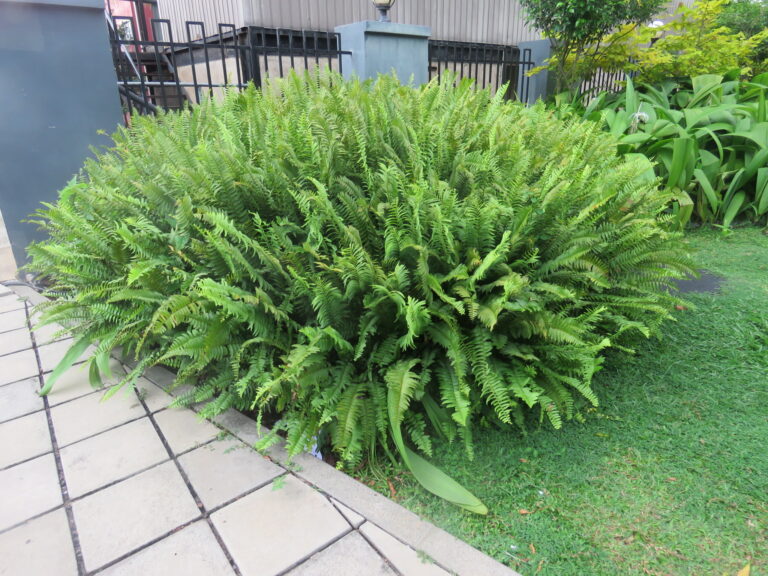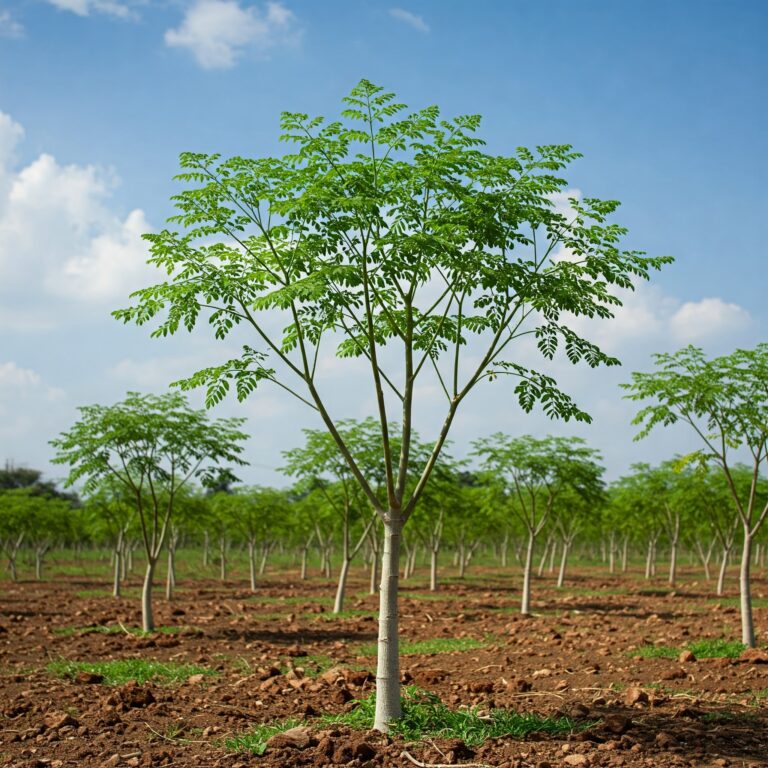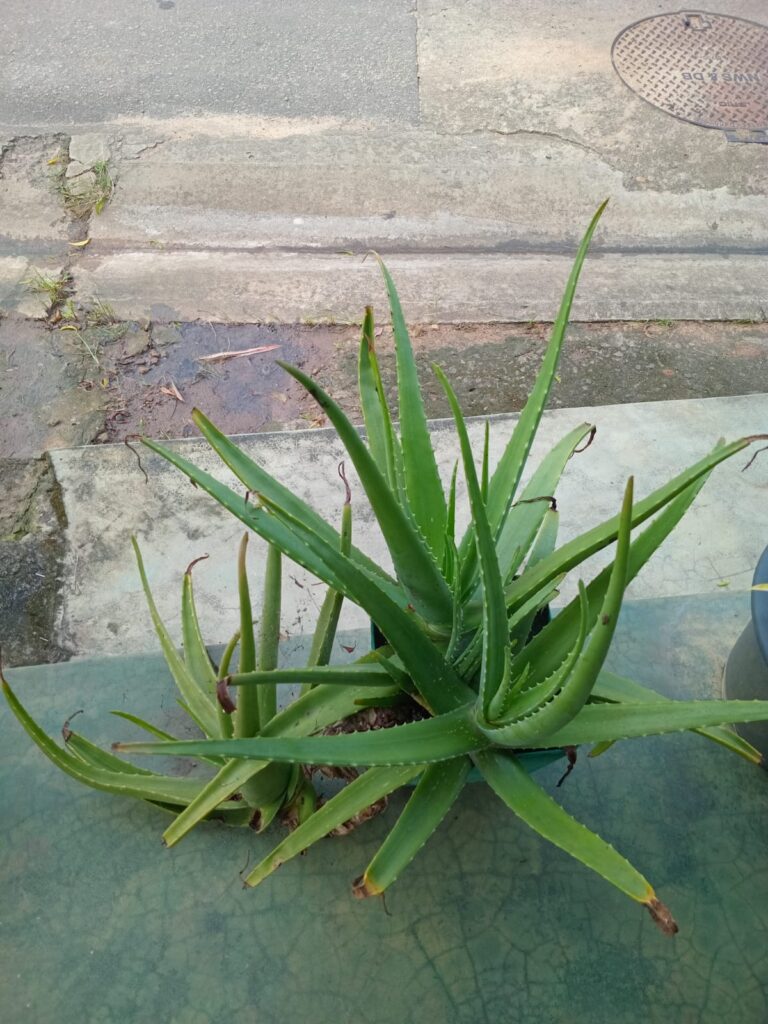
Aloe vera (Aloe barbadensis miller), also called Barbados aloe, is a low-maintenance succulent with thick, fleshy leaves that retain water. It is indigenous to hot, arid regions and grows well both indoors as a houseplant and outdoors in warm climates. In addition to being aesthetically pleasing, aloe vera has therapeutic uses; its cooling gel is frequently used to treat burns, sunburns, and skin irritations. Aloe vera is a great option if you’re searching for a low-maintenance plant that will enhance your home’s appearance and functionality.
Choosing the Right Location
Aloe vera can be placed outside in the summer, but it should be kept somewhat shaded to avoid sunburn. Indoors: Aloe vera should be placed in a bright area with indirect sunlight, preferably a window facing south or west. Temperature: Prefers 60 to 85°F (16 to 29°C), and should be kept above 50°F (10°C).
Soil Conditions
Use well-draining soil such as cactus mix or a potting mix with added perlite. Avoid heavy, moisture-retaining soils, which can cause root rot.
Schedule for Watering
Aloe vera thrives in dry conditions and is quite susceptible to overwatering. Wait until the top 2 inches (5 cm) of soil are completely dry before watering. When the plant’s development slows down in the winter, water it less. Never leave the plant submerged in water; always allow excess water to drain away.
Maintaining Aloe Vera
Feeding & Fertilization
During the growing season (April–September), fertilize using a diluted fertilizer for houseplants once every two months. In winter, there is no need for feeding.
Aloe Vera Repotting
Repotting aloe vera is only necessary every two to three years, or when it outgrows its pot, because it grows slowly.
To avoid waterlogging, pick a pot with drainage holes. Because terra cotta pots allow soil to dry more quickly, use them. For optimal effects, repot in the spring or early summer.
How Aloe Vera Is Grown
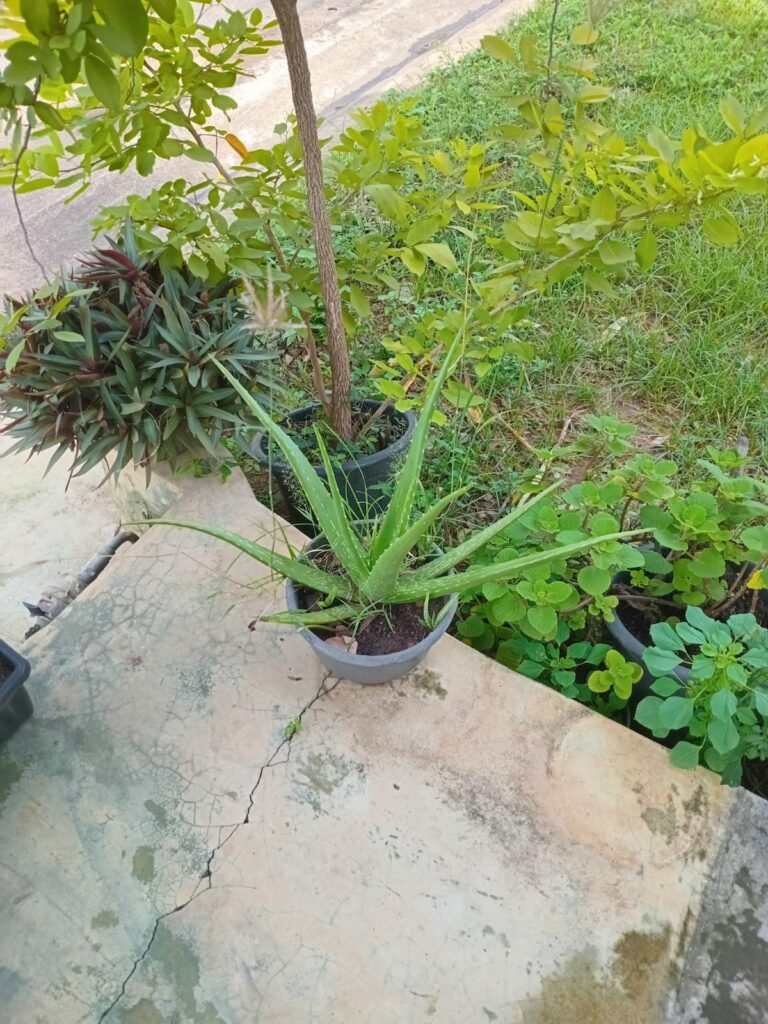
Aloe vera produces baby plants called offsets or pups, which can be separated and grown into new plants.
Detailed Propagation Instructions:
Aim for offsets that are one-fifth the parent plant’s size. Take the entire plant out of its pot, then carefully hand-separate the pups. Before planting, let them dry out for two days if they lack roots. Place each pup in a tiny container filled with sandy soil that drains well or cactus mix. Water sparingly and let any extra water run off.
Typical Aloe Vera Issues & Their Fixes
| Problem | Cause | Solution |
|---|---|---|
| Red leaves | Too much direct sunlight | Move to a bright but indirect light location. |
| Wrinkled leaves | Dehydration | Water lightly over a few days, mist the leaves. |
| Pale or yellow leaves | Overwatering or lack of light | Reduce watering and move to a brighter spot. |
| Brown, mushy leaves | Root rot from overwatering | Allow soil to dry completely, remove affected leaves. |
| Scale insects (small brown blobs) | Pests | Wipe leaves with a cotton pad soaked in organic insecticide. |
Final Thoughts
With its many advantages and low maintenance requirements, aloe vera is an ideal plant for novices. Your aloe vera can flourish for many years if you give it enough water, provide it with bright light, and use soil that drains well. Additionally, you may share plants with friends and family because they are easy to propagate.

